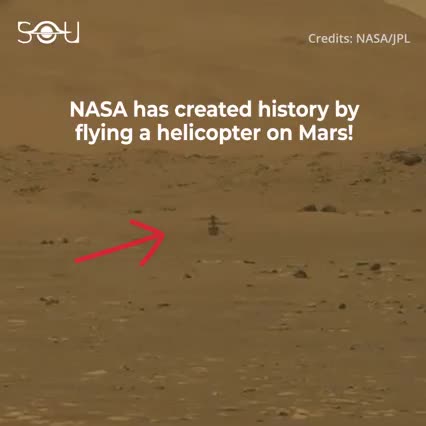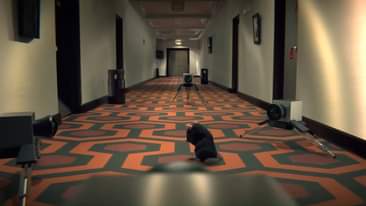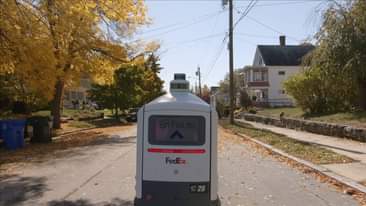History has been made! Ingenuity becomes the first helicopter to fly on another planet.




It’s been a busy week!
🚀 Samples of a 4.5-billion-year asteroid head to Earth on our #OSIRISRex mission.
🔭 NASA’s James Webb Space Telescope checks off a key prelaunch milestone.
⛈️ Scientists develop a way to view satellite data in 3D to gain a better understanding of severe weather.
Watch This Week at NASA for details on these stories and more: youtu.be/mplLzUMYKuM

China’s Mars rover Zhu Rong successfully landed on the red planet after “nine minutes of terror”.
Read the full report: https://sc.mp/504e

A Nature Methods paper reports DANNCE, which enables robust 3D tracking of animals’ limbs and other features in naturalistic environments by making use of a deep learning approach that incorporates geometric reasoning. Read the paper: https://go.nature.com/3gsk39b




